World Fine Art Professionals and their Key-Pieces, 346 - Paul Schaublin
World Fine Art Professionals and their Key-Pieces, 346 – Paul Schaublin
Gas station Abcoude in the night, that’s how it started. Under a flat screen we see two motorcyclists and the gas pump. A dotted line of light connects a pump on the left and a building on the right. The rest is pitch black. (See photo 2).
The photo was taken by Jaap Bijsterbosch. It is the first photo that Paul Schaublin points to when I make a tour with him through the exhibition ‘In Search of the Soul of Service Stations’. He put it together with Sebastian Rypson. “This is where it all started, my collection. A fantastic photo. It hung in the gallery in 2000. It has a nice atmosphere.”
Idea realized
He had founded the gallery, the WM Gallery, the same year with his wife Wanda Michalak. There were seven night photos by Jaap Bijsterbosch. He bought the gas station photo from Bijsterbosch and told him about his postcard collection of gas stations. ‘You should make an exhibition about that,’ said Bijsterbosch. It would take a while, but now it is here, the gas station expo, with by Bijsterbosch a few more black and white photos showing the gas stations of Doesburg, Stompetoren and an Irish station.
Building and renovating gas stations
It was not for nothing that Paul Schaublin was so interested in Jaap’s photos. He worked for years, first as an engineer and later as a manager, as a gas station supervisor for Mobil Oil bv (later ExxonMobil). “I graduated as an engineer in Switzerland and got a job in the Engineering department of Mobil in Amsterdam in the 1970s. It was about building and renovating gas stations.”
It was a small division of four/five men. Mobil had new regulations on how the stations, the gas pumps and the logo should look. For that, the company had hired an American designer, Eliot Noyes, who had worked on the design of the IBM electric typewriter and the IBM Aerospace Research Center, among other things. He designed a new standard for all Mobil gas stations and pumps. Most striking was the round canopy above the pumps.
The whole cycle and all aspects
From November 1979 to 1994 Schaublin was responsible for the construction, renovation and maintenance of the stations in the Netherlands. He was initially critical, ‘Is it necessary to work for an oil company?’, but that soon changed. He took pleasure in it. He traveled a lot, crisscrossing the country. In 1985-’86 he got Belgium and then the whole of the Netherlands and Belgium together, from 1990 as a manager. “It was nice to be involved in the whole cycle and all aspects. A gas station has a short life, five to nine years. Then there will be renovation, which is often accompanied by an image change. The store is getting bigger and the unprofitable stations are disappearing.”
A postcard
During that first period, a friend sent him a postcard. He shows it. A red door on the right and the Esso logo on the left. Esso with a curved E in red on a white background and a blue oval track around it. “Then I started collecting. Not very active, but regularly I came across a nice card. Others started sending me cards. At one point I had fifty/sixty cards. A friend really went looking for me.” In an album I see an old card, black and white, of the Almelo gas station.
In the meantime, he had gone international with Mobil. He was responsible for real estate and the office buildings of Mobil Oil in Africa and the Pacific, including Papua New Guinea. He got to know Wanda Michalak. “She was a photographer and I was interested in photography. It was a real addition, not just in terms of photography. We started the gallery in 2000.”
Leeuwarderweg
We walk further through the exhibition. A photo of Jorgen Polman that hung in De Melkweg of a saloon-like tank building and two children in a toy car in the front right. A Gulfstation, a photo by Jacques Meijer, with a cafe on the left on the road from Antwerp to Ghent from 1962 in black and white. “Very nice atmosphere. In the cafe, ladies were ‘earning extra’, Jacques told us.” A sober gas station in Moscow in 1990. “I made that one. It was near the Kremlin. I saw the station in the distance. It was a small photo, the negative was lost. Friend photographer Pete Purnell took a picture of the photo and Dutch den Hollander sharpened it.”
Photos by Harrie Blommesteijn and Birgitt Busz. “Two stations on Leeuwarderweg in Amsterdam-Noord that I built myself. The new metro has arrived, but the canopies and buildings are still there and provide space for parties, activities and events.” The Messerschmitt twins – two cars on three wheels – by Araun Gordijn. “A photo of a painting”. A gas station in the Australian Outback by Tomek Sikora with a self-made, slightly weathered frame, which previously hung in the gallery in an exhibition devoted to Sikora.
Marbella 1932
We walk on. Designs of Mobil stations in the late 1960s, early 1970s and late 1970s. Eight photos of Paul himself en route in different countries, one of them happily posing the opening of a station in Belgium with the local police. An old pump from Paul’s Swiss hometown of Vevey, a petrol pump in the nearby town of Martigny by Valentin Brindesi. Two photos by Marek Stawski with old gas stations in Congo.
Marek Stawski – the husband of writer Lieve Joris – provided a beautiful painting by the famous Congolese painter Chéri Chérin with the passing traffic of Kinshasa and the Mobil emblem at the bottom left. We see a photo from Marbella from 1932 at a gas station with Paul’s father, his T-Ford 22 and some friends, and next to it a donkey cart. “It was before he met my mother in Gibraltar. Pete Purnell enlarged the photo.” And a picture of little Paul, four years old, with a hat. “In 1954 at the gas station, it was my first holiday with family in Ponte Tresa, Ticino.”
Pump Aleppo with three servants
In addition, Tankstation New Energy (Amsterdam NDSM, 2006) by Jeroen Bisscheroux and Michiel Voet, a ‘self-service unit’. Pure rapeseed oil can be refueled and there are three charging points for electric transport. “With space to meditate. The unit is now in Lelystad.” A photo from 1972 of Elandsgracht 84, opposite the gallery: garage Kooperberg. “The former Edison cinema theater at Elandsgracht 84 was replaced in 1962 by the Kooperberg garage and later, in 1980, by the Edison Tapijt company. The building was demolished in 2013. Hotel Melrose now stands on this site. There are two electric charging stations. The Johan Cruijff shop to the left of it is still there. You see street life.”
A beautiful 1975 photo by Dutch den Hollander of a pump in Aleppo (Syria) with three servants, a pump from Chris Olszewski in Queensland, stripped from its exterior. “He saw that pump in a totally remote place in the ‘Outback’ three hours from Brisbane. Everything went wrong. After taking the photo it turned out that the car was locked with the keys in it. Fortunately, he was able to reach the roadside assistance but it took three hours for them to come.” Finally, in the window of the gallery a gas station at night in South Bend, Indiana (USA) by Matt Dunlap. “It was sold on day one.”
The social and other aspects
Paul Schaublin: “I tried to make an exhibition with ordinary gas stations, which had character. During the preparation I started thinking about it. What is a gas station? I have listed many things, some I was not aware of. The social aspect of a gas station is really underestimated. People communicate, smile. Many people stop there for coffee. Sometimes it is a meeting point. The economic aspect: first it was just a pump, then a small shop, then a kind of supermarket. The historical aspect: images of old abandoned gas stations. In science-fiction movies, after the bomb destroys the world, you see everything in ruins, all that is left standing are gas stations.”
Constant change
In half a generation, that image may be completely gone, partly thanks to the rise of the electric car. Finally, Paul: “We shouldn’t look at that with nostalgia. It’s constantly changing. The pump on the sidewalk is gone, old stations have been demolished, also due to environmental laws. Sometimes something creative is done with it. A gas station in the south of the country was transformed into a small library and another into a launderette. Finally, ‘In Search of the Soul of Service Stations’ is also an image of my life in postcards, paintings and photos.”
Images
1) Chris Olszewski, 2) Jaap Bijsterbosch, Abcoude, 2000, 3) (C) Paul Schäublin, 4) Jacques Meijer, 1962, between Antwerp and Ghent, 5) (C) Dutch Den Hollander, 6) (C) Paul Schäublin 7) Marbella (Sp), 1932, Paul’s father with friends and his Fort T model 1922, 8) Paul by Wanda, Australia NT, 1994, 9) Chris Olszewski, 10) (C) Chéri Cherin
https://gallerywm.com/WP/https://www.instagram.com/wmgallery/https://www.facebook.com/paul.schaublin https://www.ifthenisnow.eu/nl/verhalen/met-paul-schaublin-op-zoek-naar-de-ziel-van-het-tankstation
Disclaimer: The views, opinions and positions expressed within this guest article are those of the author Walter van Teeffelen alone and do not represent those of the Marbella Marbella website. The accuracy, completeness and validity of any statements made within this article are not guaranteed. We accept no liability for any errors, omissions or representations. The copyright of this content belongs to Walter van Teeffelen and any liability with regards to infringement of intellectual property rights remains with the author.

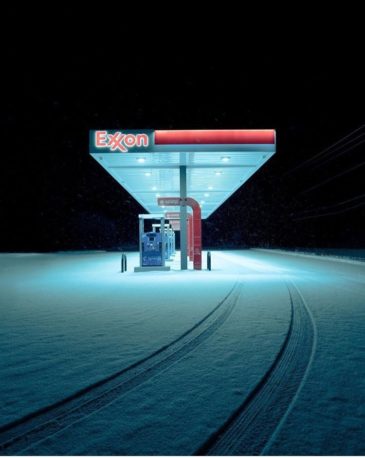
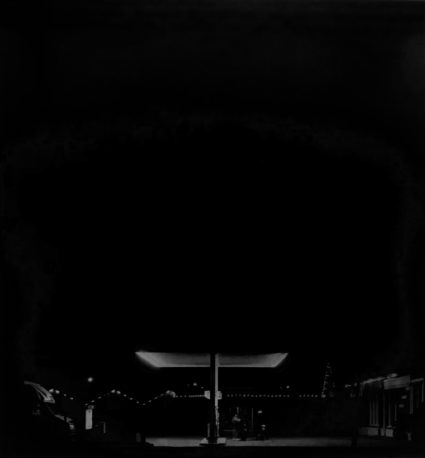
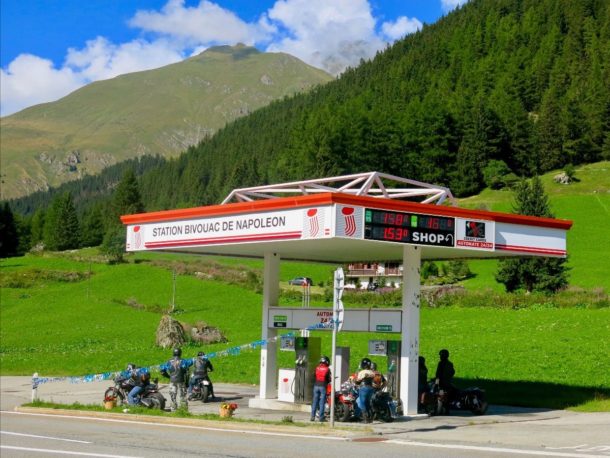
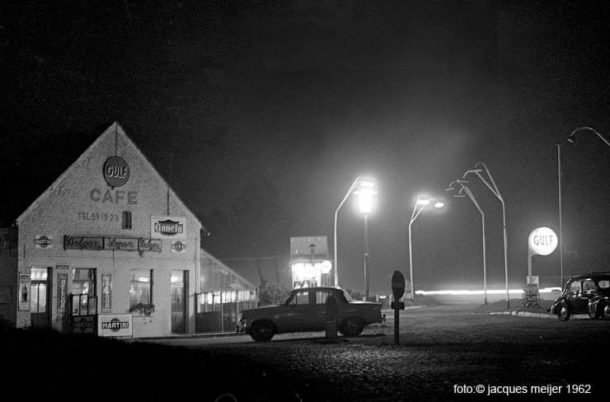
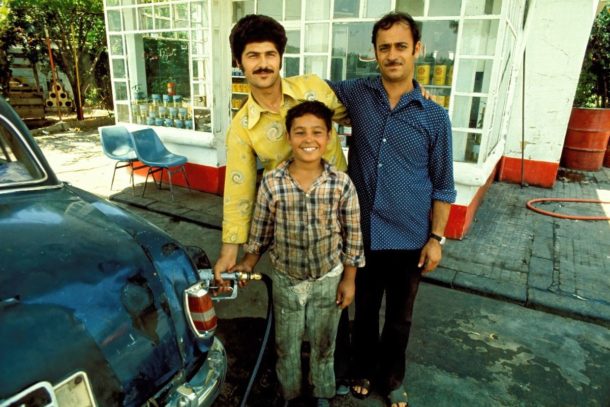
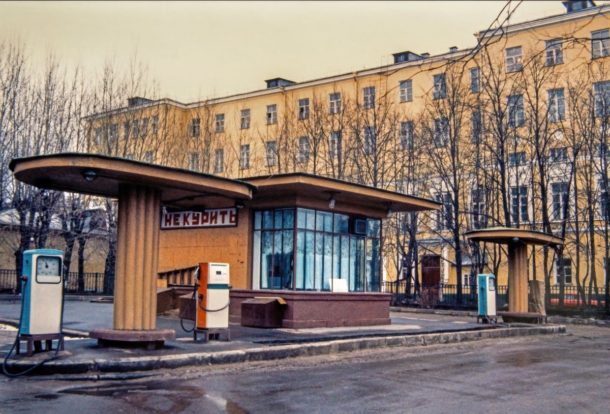
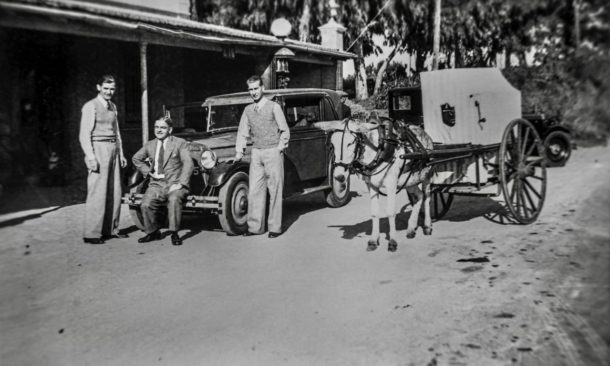
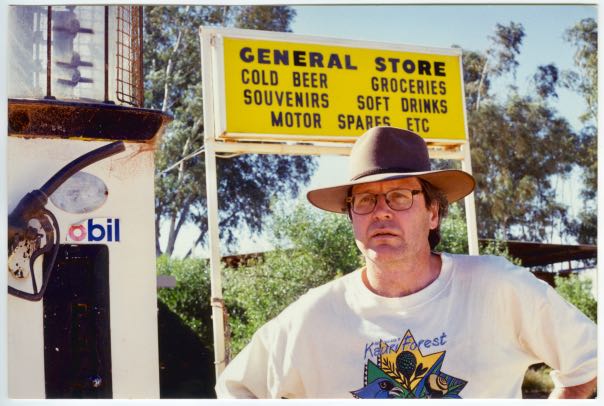
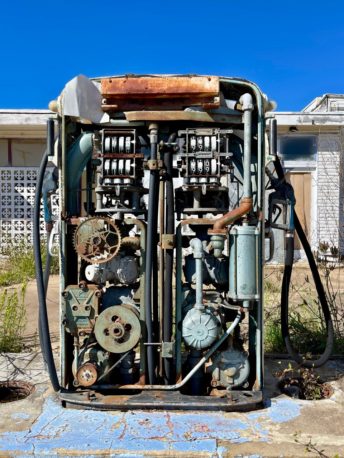















The opinions expressed by individual commentators and contributors do not necessarily constitute this website's position on the particular topic.